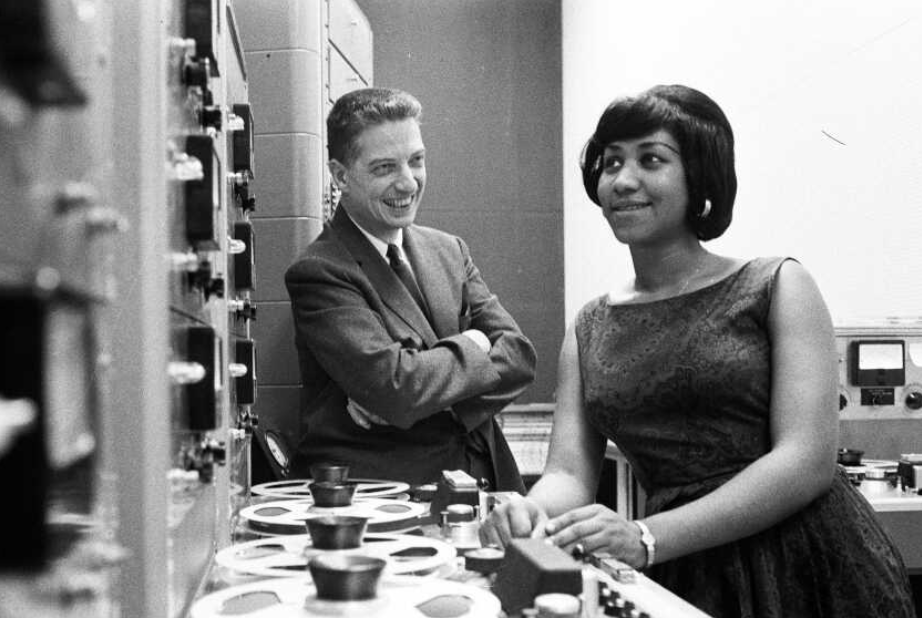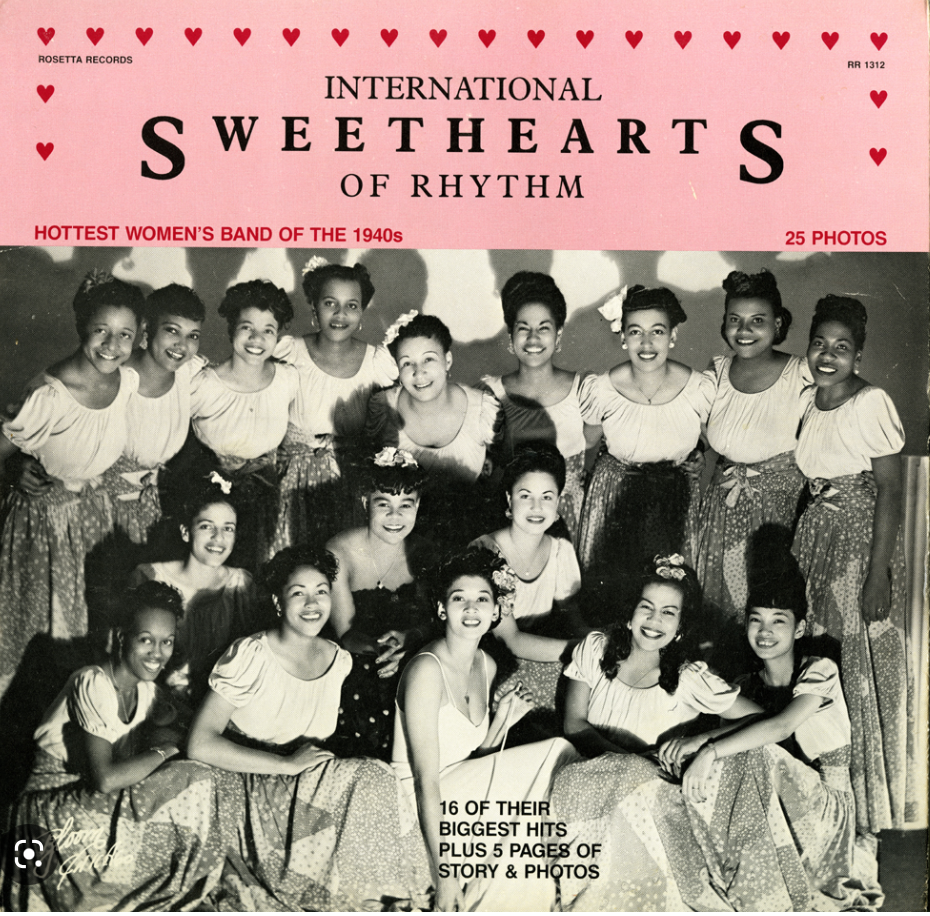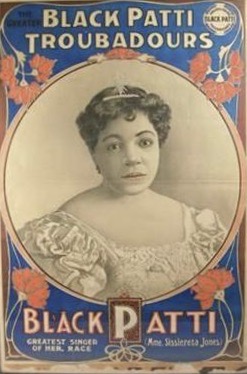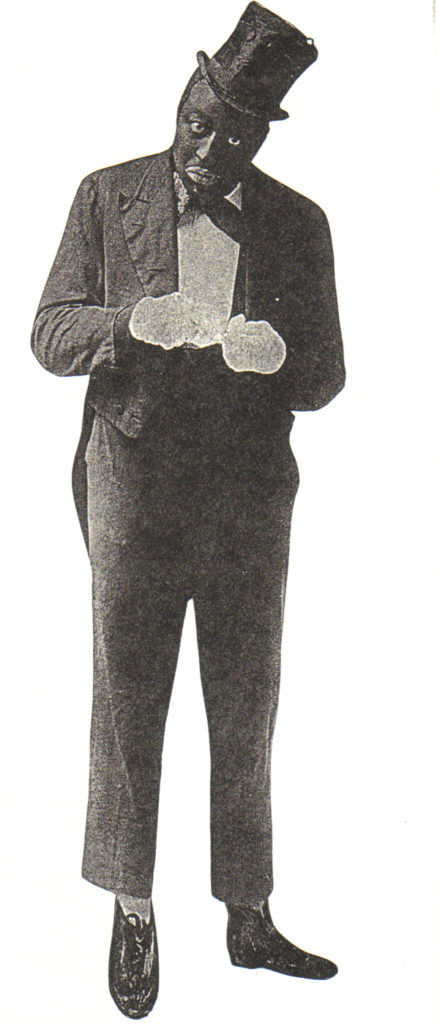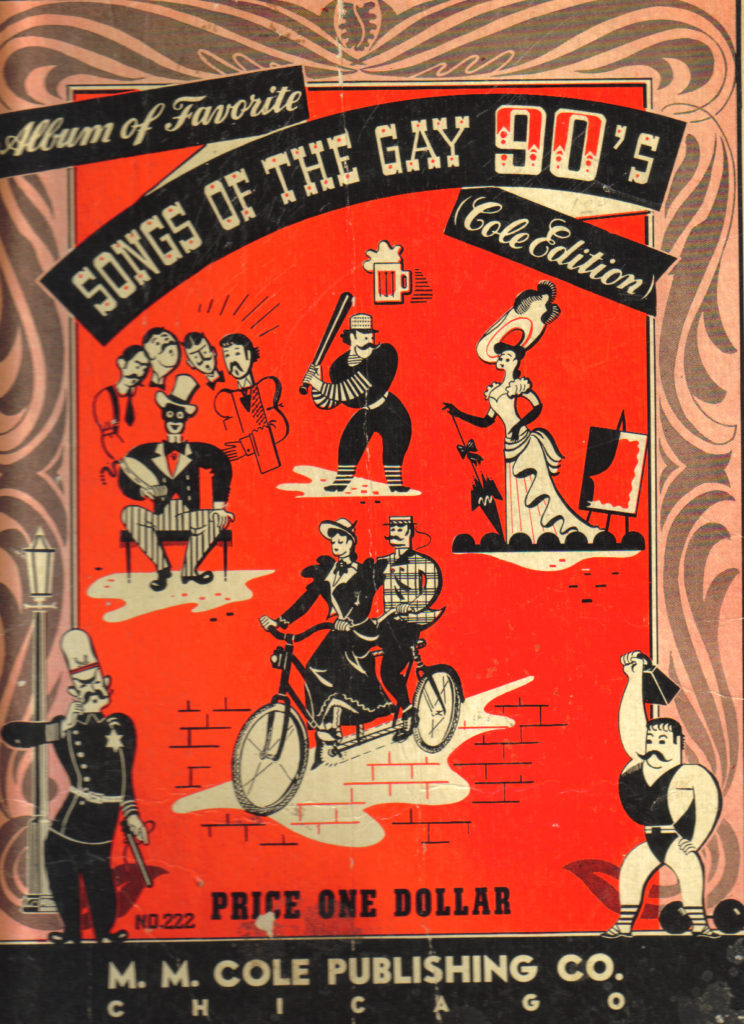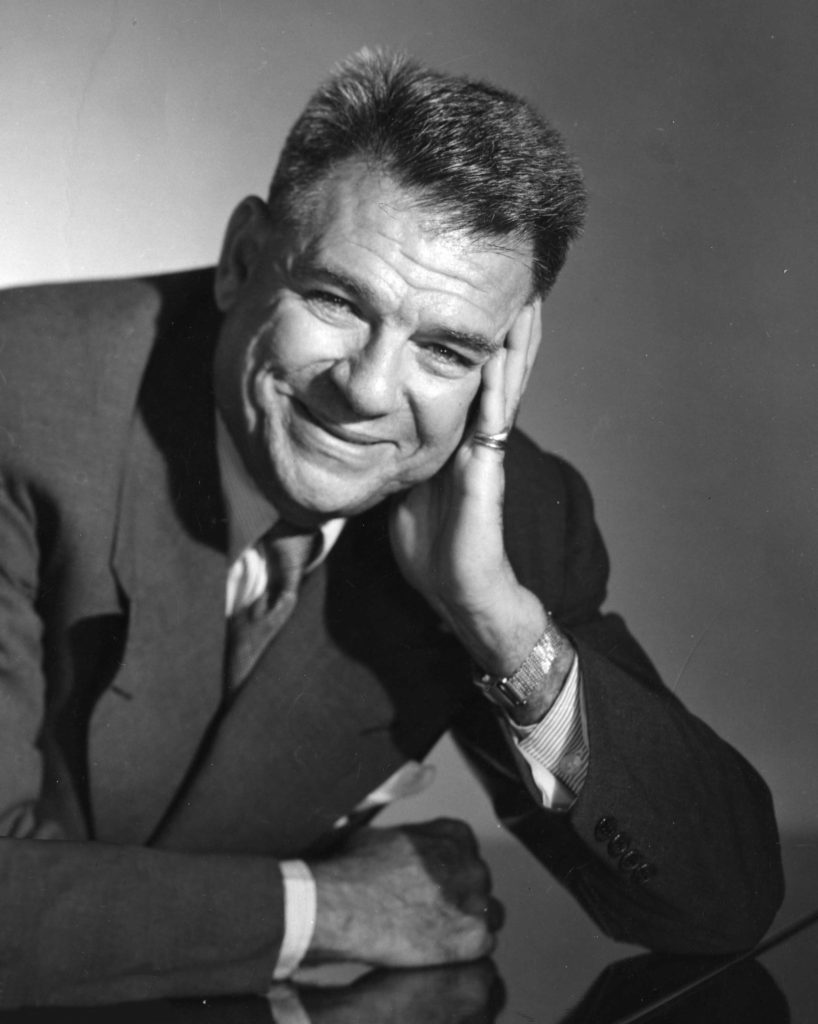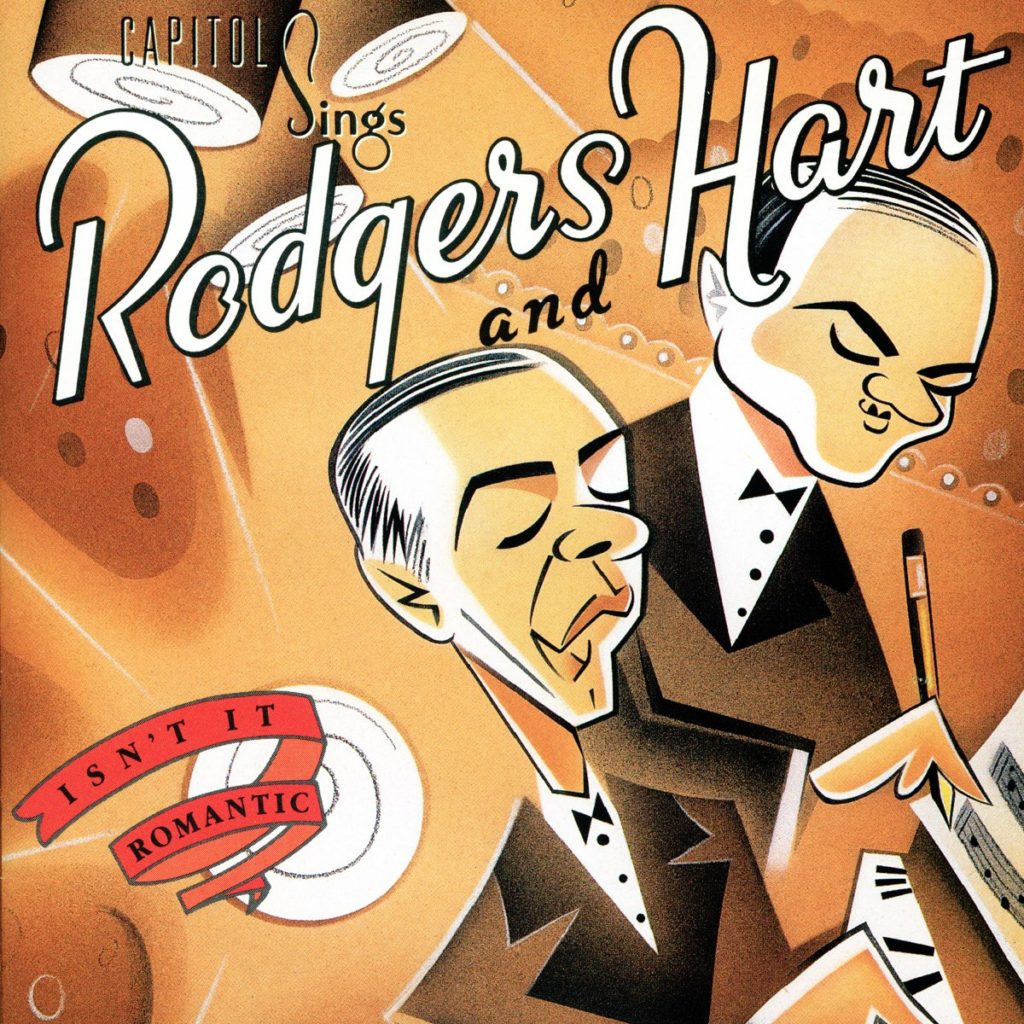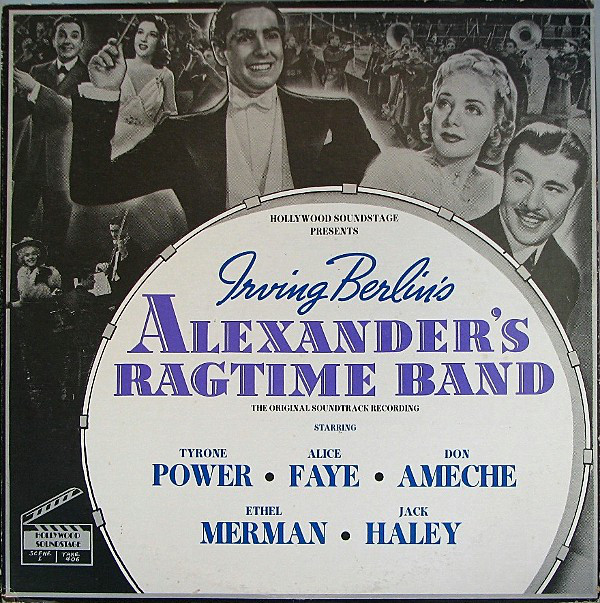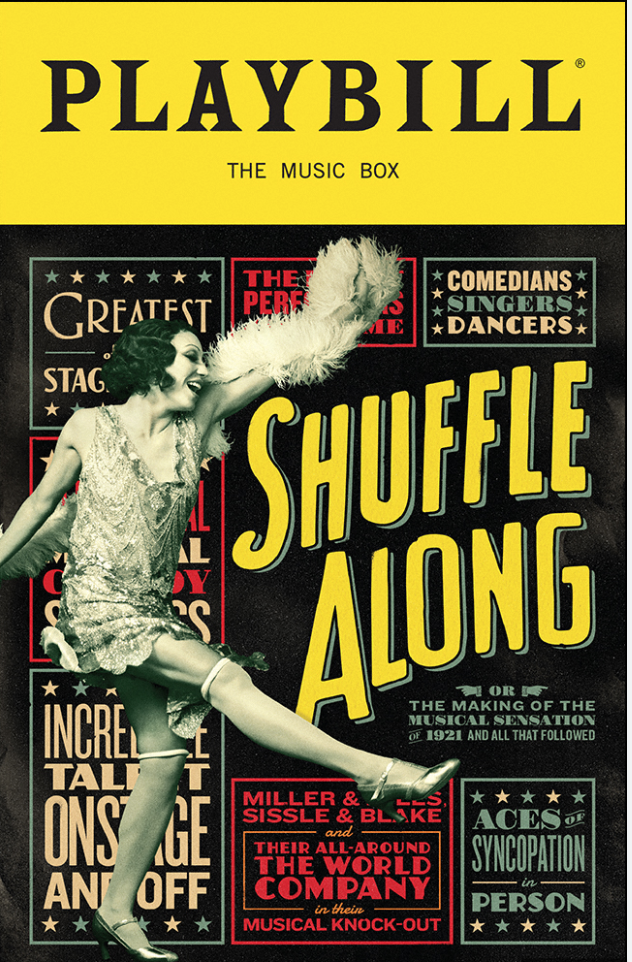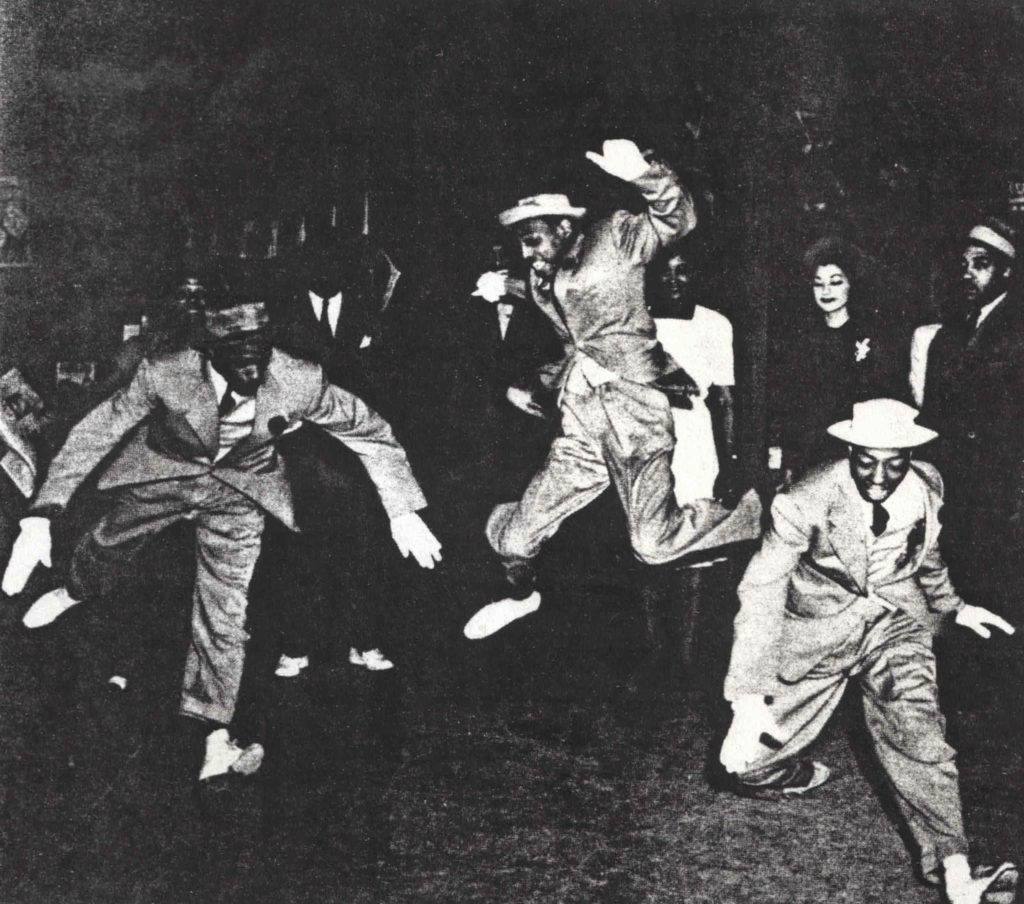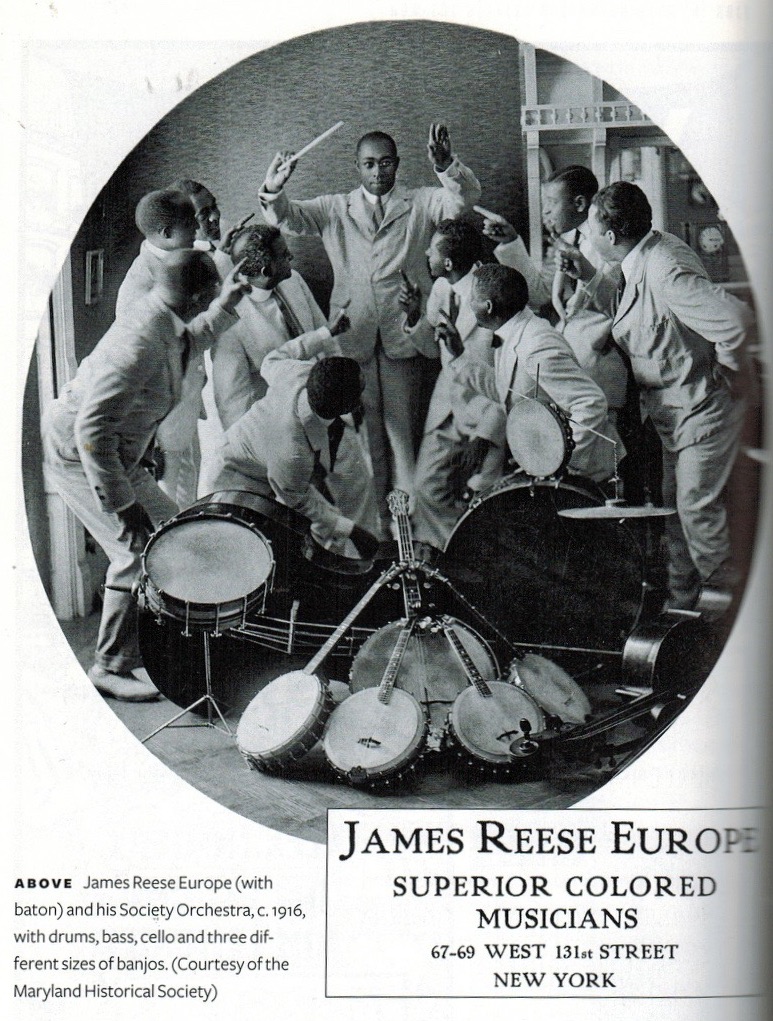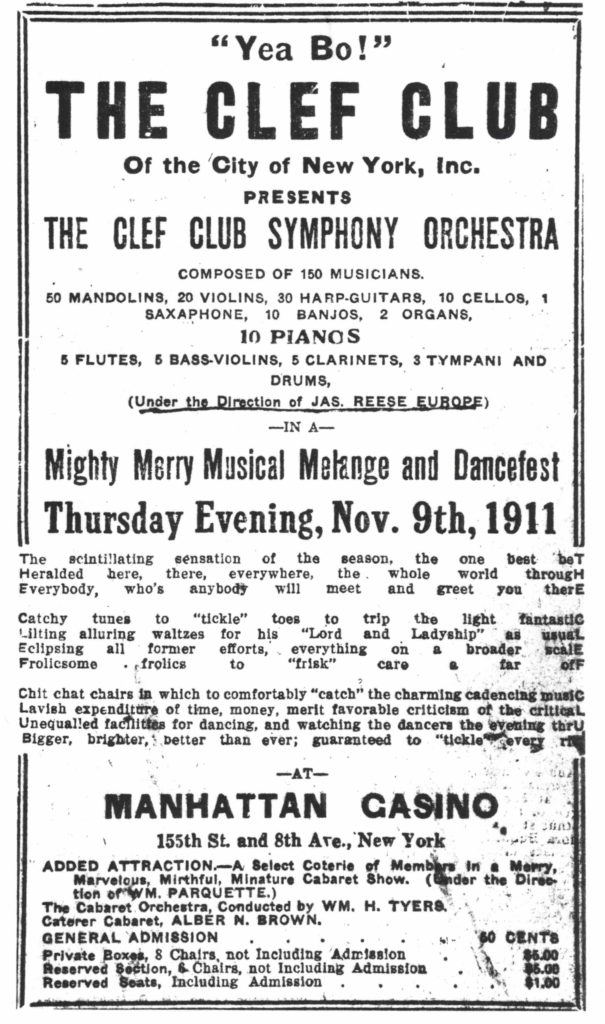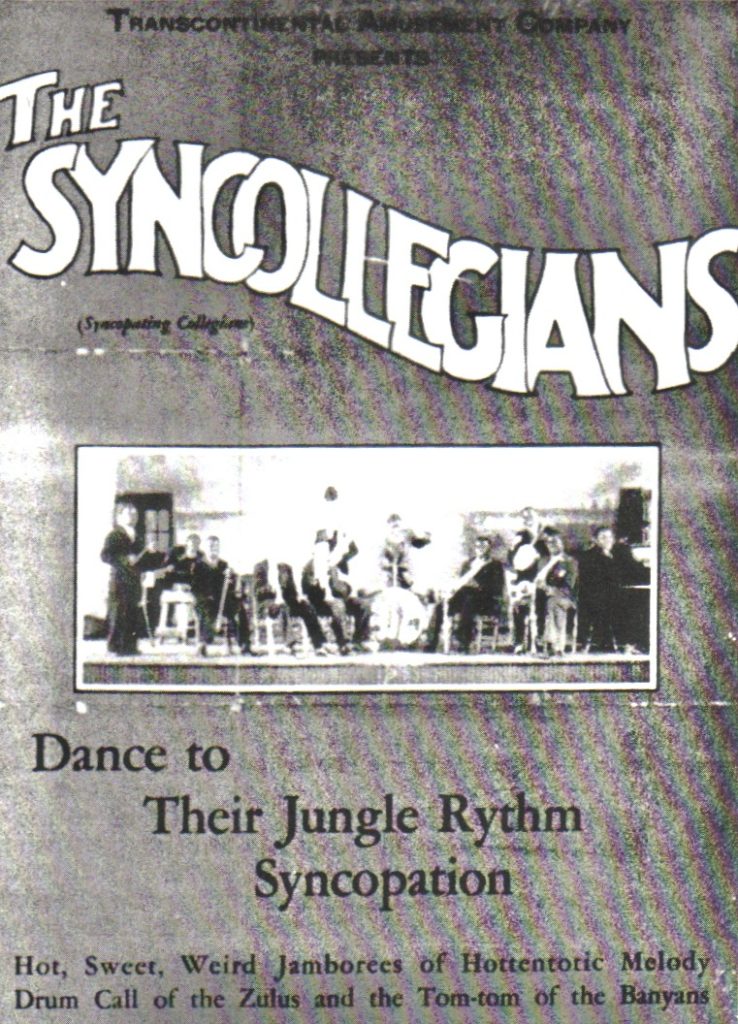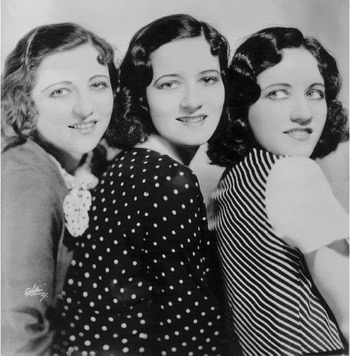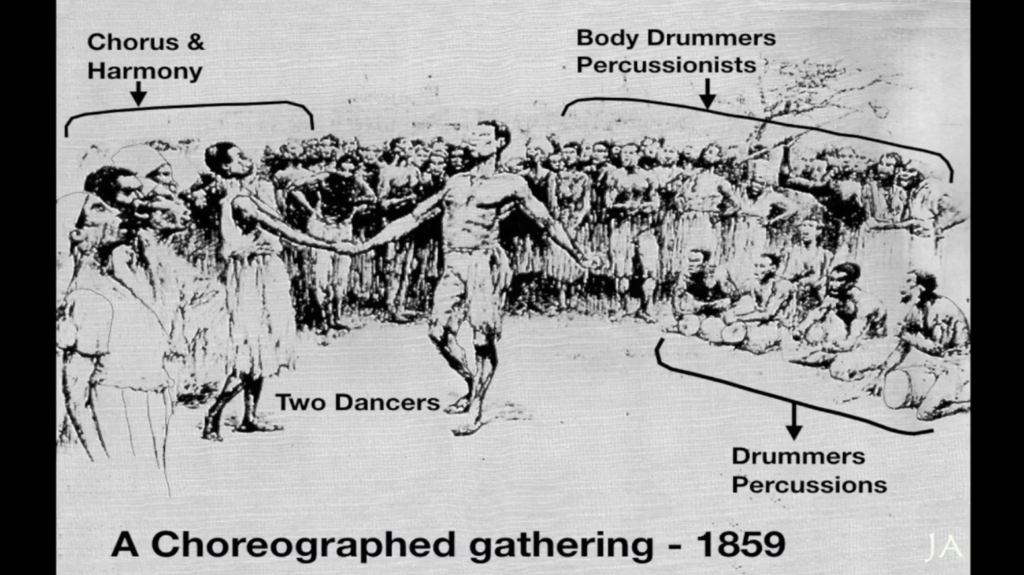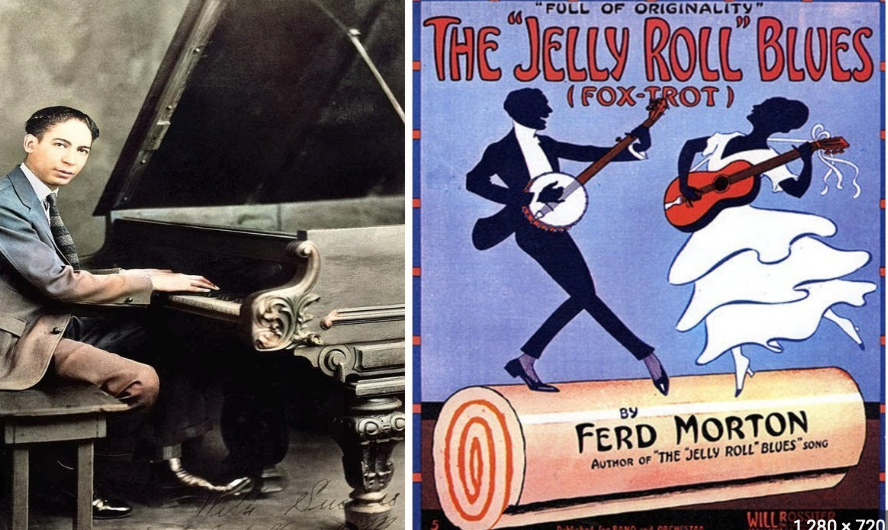With jazz out of the running for America’s popular music, the forties gave rise to new mainstream blends, some would say blands: The Andrews Sisters, Crosby, Como, and Sinatra; Doris Day and Dinah Shore; and so many more. The remarkable and forgotten thing about all these icons of middle America is that they all started out singing jazz. So what happened?
Most of the top singers of the forties had begun by singing in big bands, which were all swing-propelled to varying degrees. The bands folded and singers became stars. The choice of styles and instrumentation was now increasingly dictated by the recording industry—the arranger hired by the record company, not the arranger hired by the swing band. Meanwhile, new entertainment media reached new audiences, dictating new styles. Reality bites, demographics rule: bigger means Whiter.
The surrounding social environment had its effect too. The forties and early fifties were a period of militant social and racial denial in White America; “The American Way” was held to be democracy and opportunity, but the lack of either one for the underclasses was given little thought. And there was music to match the ideology.
In a short while the country would get back to Black, turning once again to African-Americans for song and dance. This time it would be an urban update of the blues: the nation would now get its R&R from R&B. But in the meantime, the youth had come home from the war, had babies, and switched on the TV. Dancing was out. Besides, it had become too expensive for big bands to tour. And music was now dominated by recordings, not live shows, which meant personalities, which meant singers.
The popular music industry built a roster of White singers who resonated with White audiences, in an idiom and style that concealed their Black influences. Pop music had long since absorbed jazz and diluted it. But at what point does the dilution obliterate all trace of the original? That depends on how closely you listen.
Listen to Billie Holiday. She sings behind and around the beat, full of blues and personal and caste angst. Frank Sinatra, the “singer’s singer,” said that Billie Holiday had the greatest influence on him of any singer.[1] (He was also influenced by Tommy Dorsey toward a sweeter, lighter sound.) The White crooners who came to prominence with and after Sinatra are not generally thought of as jazz singers, yet without jazz they wouldn’t have had that swing, and would mean very little to anyone.
[1] Here’s one lyric as it ran before the music industry cleaned it up for Sinatra and Peggy Lee:
Basin Street is the street
Where the dark and the light folks meet.
Sinatra is famous for “The Voice,” but also for making the song his own, through personalized phrasing, stretching the lyrics across and against artificial, square, four-beat divisions—in other words, jazz. He was a huge fan of Billie. In 1944, Holiday told columnist Earl Wilson that she’d offered Sinatra advice on his singing. ‘‘I told him certain notes at the end he could bend. … Bending those notes — that’s all I helped Frankie with.’’ Sinatra made no secret of his debt to Holiday: ‘‘It is Billie Holiday … who was, and still remains, the greatest single musical influence on me,’’ he said in 1958.[ii]
As Peggy Lee, the jazziest of this group said, “I really have no sense of time except swing time.”
Another Holiday acolyte was Dinah Shore, who grew up with a Black nursemaid who took her to a Black church, where she found the singing “electrifying.” Not too many Whites have ever gone to Black churches (recall, however, Stephen Foster, and mixed southern camp meetings), but today they don’t really need to. The music has spilled out the door and flowed across town and is in the house.
Billie was also a strong influence on Judy Garland, who was partial to the bluesy compositions of Harold Arlen, though she gained fame by going Over his Rainbow, in a smoother, lusher style.
Dinah Shore was a brunette who started out singing blues, but for the movies she bleached both her hair and her style. Shore was Jewish, as were Barbra Streisand and Mel Tormé. Tormé —the name was an immigration processing error—reflected,
I wanted to be a jazz-oriented singer—I don’t know what a jazz singer is, since all good popular singers are jazz-influenced.[iii]
Sinatra, Tony Bennett and Vic Damone were Italian,[2] another ethnic group that, like the Jews, had suffered from being “not quite White.” They learned to pass.
[2] Most of them changed their names: Tony Bennett from Anthony Dominic Benedetto, Dean Martin from Dino Crocetti, Vic Damone from Vito Rocco Farinola, Frankie Lane from Frank Paul LoVecchio. They were thought of as American, but not also as Italian
– a loss to our collective understanding of our own culture.
Back to Billie: Lady Day may have led the way for many vocalists, but they didn’t have to follow her down Jim Crow Lane. [3] When she sang in the South with mixed bands, Black and White musicians had to stay at different hotels. And when she sang with Count Basie, Billie herself was too mixed: in Detroit, the theater managers told her she was “too yellow to sing with all those black men.”[iii]
3] Columbia Records wouldn’t issue Billie’s lynching ballad “Strange Fruit,” however; they released her from her contract for the one tune, and it was brought out by a smaller label. (Clarke, 246.)
___________________________________
THE ANDREWS SISTERS
The Andrews Sisters were smooth, yet jazzy, being direct musical descendants of the Boswells. Their first hit, 1937’s “Bei Mir Bist Du Schoen,”[4] sold a million. What an odd song for a gentile trio from Minneapolis. Actually, the lyricist who wrote the English words, Sammy Cahn, had just heard it sung, in Yiddish, by two Black men to a Black audience at the Apollo.[iv] It was procured for the Minnesotans by singer Maxene Andrews’ husband, music publisher Lou Levy. Fair enough.[v] Levy was a “hep cat,” as was Maxene, but Lou advised the act not to record jazz—”It isn’t commercial.”[vi]
[4] Actually a German version of the original Yiddish, “Bay mir bistu sheyn.”
The Sisters’ next big hit was “Rum and Coca Cola,” an import from Trinidad. It was beginning to seem like the public had a taste for the exotic. In the forties they proceeded through a series of Boogie-Woogie hits: “Rhum-Boogie”; “Scrub Me, Mama, With a Boogie Beat”; “Beat Me, Daddy, Eight to the Bar”; and “Boogie Woogie Bugle Boy of Company B.”
The Andrews appeared in a film called Syncopation in 1942, along with seven big bands, including Harry James, Benny Goodman, Charlie Barnet, Gene Krupa, Joe Venuti—in other words, all the top bands, except the Black ones. They became famous for their extensive USO tours during World War II, playing for White soldiers. To their regret, White entertainers did not play for Black soldiers, though the other way around was common.
The Sisters recorded with Les Paul, master over-dubber and multi-style guitarist, and with Danny Kaye, Carmen Miranda, Bing Crosby—all of whom also waxed with the Boswells—and Guy Lombardo. Their music is not thought of as jazz, and it isn’t. But listen. It’s in there. The influence of Black culture on this act is perhaps best expressed by the promotional graphic reproduced next to the Table of Contents, and by this verse from their wartime version of “Hot Time”:
They’re going to start a row and show ’em how
We paint the town back in Michigan
They’re going to take a hike through Hitler’s Reich
And change that “Heil” to “Gimme some skin.”[vii]
___________________________________
Doc Haines, a bandleader in Valley City, North Dakota, called young Norma Dolores Engstrom his “little blues singer.”[viii] She became Peggy Lee and came up through the band of Benny Goodman, with whom she enjoyed attending many Fats Waller shows. Louis Armstrong and Maxine Sullivan were her inspirations. Like Jo Stafford, who came out of Tommy Dorsey’s band, she took the swing along with her to the next era. “Actually, I didn’t intend to be a jazz singer, but jazzmen say that’s what I am,” said Lee. Count Basie once asked, “Are you sure you don’t have a little spade in you, Peggy?”[ix] A serviceman stationed overseas was startled when he met her—from her records, he thought she was Black.[x]
Bing Crosby also credited Satchmo as a formative influence on his style. Bing started out a lot more syncopated than he ended up, jazzing up Paul Whiteman’s band from 1926-30. In fact, a theater owner once demoted Crosby to a lower-profile role in Whiteman’s band for being too jazzy. So it came to pass that, like so many others, Bing toned the jazz down till you couldn’t hear it anymore. The record industry later employed his talents to water down blues and country tunes that were surging into popularity—for instance, Louis Jordan’s “Is You Is or Is You Ain’t My Baby.”
Have a look at Bing’s 1941 flic, “Birth of the Blues,” in which he retells the story of Dixieland Jazz being popularized—in this version, by a White band. All the minstrelsy still prevalent in that era is on offer, including the obsequious janitor (played by Eddie “Rochester” Anderson) who teaches young Mary Martin to swing. In a Johnny Mercer song, the film credits the origins of the music to three avatars: “The Waiter and The Porter and The Upstairs Maid.” This was not code for Italians. Though the film focused on a White band, at least they didn’t claim to have invented jazz, as did the “Original” Dixieland boys. In a telling bit of dialogue and a foreshadowing of Elvis, Mary Martin reminds Bing that a musician named “Memphis” is “the only White cornet player that can play your blue music.”
Which brings us to Doris Day, born Doris von Kappelhoff. She too rose to fame singing in a big band—i.e., swing—but she came to personify the mainstream culture as it reasserted its Whiteness. Day’s solo career was largely a construct of record man Mitch Miller, who also made Tony Bennett and Johnny Mathis household names.[xi] Her story reminds me of Elvis Presley’s journey from rhythm and blues rebel to denatured pap star, manipulated by a cynical manager and industry that wrung every last dollar out of him and destroyed the music in the process. It sets me to wondering what might have been, in so many cases, if musicians had been able to follow that dream instead of the money.
♬substitution: Doris Day’s records use a lot of big band arrangements, sometimes even hot solos, but her singing pulls them into the slow lane. Press play on her tracks and insert your version of Billie Holiday’s phrasing. You can do it; no one’s listening.
Speaking of money, it seems that under Mitch Miller, head of A&R and therefore possessed of a certain influence, 95 percent of the tunes recorded by Columbia were registered with ASCAP. Neither Miller nor ASCAP were fans of jazz or R&B; recall that ASCAP had restricted songwriters’ access to the industry to the Tin Pan Alley gang, and any other writers reached the airwaves mainly through ASCAP’s new rival, BMI. No less than Frank Sinatra complained that Miller fed him rancid tunes.[xii]
A corporate drive for profit dictated what got recorded, distributed, purchased, and perhaps appreciated. The nation was, unwittingly, singing along with Mitch. And over on the rock and roll side, the development of the Top 40 format was a money move designed to maximize profits by releasing fewer records and pumping them repeatedly—just like the advertising of any other product. It had the ultimate effect of homogenizing tastes and quarantining “minority” styles in their own charts, radio stations, and fan bases.
And yet Black styles continued to percolate through, albeit often without recognition as such. In the later wave of African American northward migration, the blues got amplified and generally charged up—“They shouted and declared instead of crying and moaning,” as one critic had it.[xiii] And the White crooners made a similar move: “I’m not a crooner,” said Frankie Laine, “I’m a singer who shouts.”[xiiv] Thus did the crooners become the belters.
With regard to the general Whitening of popular music, it is also worth considering the cultural effect of the United States’ emergence from World War II as the dominant world power. White flight from redlined Black inner cities fueled the growth of the suburbs, and the “Greatest Country on Earth” ideology was bolstered by a blinkered view of America that looked mainly at its White, suburban, comfortable sector. People drove their Chevies to the levees and ignored those who had built either one, especially the levees. An honest look at the class and racial caste system was clearly no longer in order; a bleached cultural image served as a cocoon to shelter the comfortable from the afflicted.
[i] Balliett, 150.
[ii]Frank Sinatra and Billie Holiday: They Did It Their Way, https://www.nytimes.com/2015/10/19/t-magazine/frank-sinatra-and-billie-holiday-bond.html
[iii] Crow, 133.
[iv] Ewen, 285.
[v] Andrews, 20.
[vi] Andrews, 162.
[vii] Andrews, 208.
[viii] Lee, 61.
[ix] Lee, 12.
[x] Lee, 140.
[xi] Ewen, 458.
[xii] Clarke, 400.
[xiii] Shaw, 1979, BM6.
[xiv] loc. cit.

